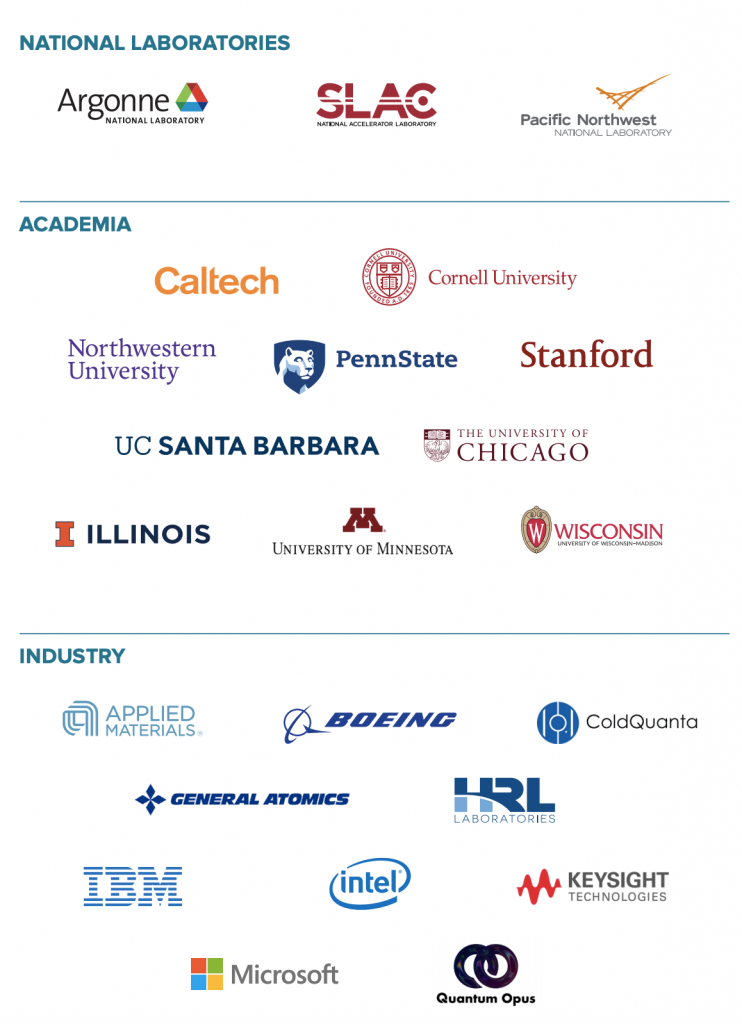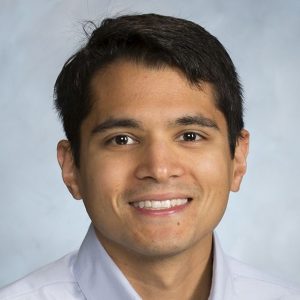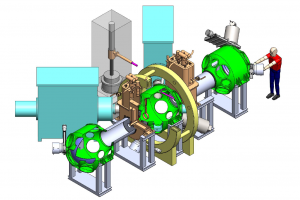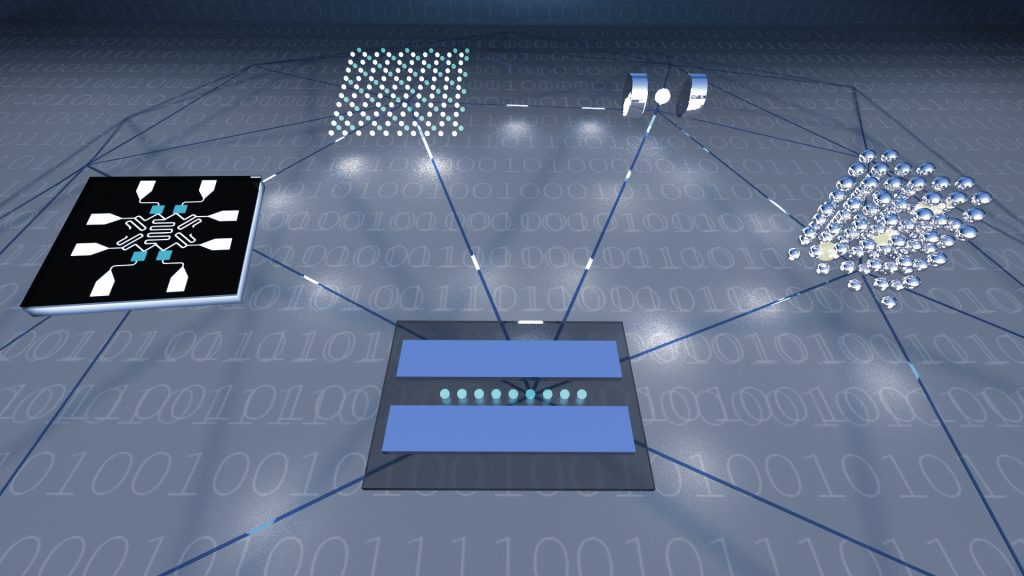The University of Wisconsin–Madison solidified its standing as a leader in the field of quantum information science when the U.S. Department of Energy (DOE) and the White House announced the Q-NEXT collaboration as a funded Quantum Information Science Research Center through the National Quantum Initiative Act. The five-year, $115 million collaboration was one of five Centers announced today.
Q-NEXT, a next-generation quantum science and engineering collaboration led by the DOE’s Argonne National Laboratory, brings together nearly 100 world-class researchers from three national laboratories, 10 universities including UW–Madison, and 10 leading U.S. technology companies to develop the science and technology to control and distribute quantum information.
“The main goals for Q-NEXT are first to deliver quantum interconnects — to find ways to quantum mechanically connect distant objects,” says Mark Eriksson, the John Bardeen Professor of Physics at UW–Madison and a Q-NEXT thrust lead. “And next, to establish a national resource to both develop and provide pristine materials for quantum science and technology.”
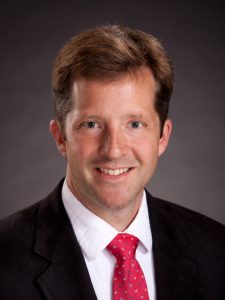
Q-NEXT will focus on three core quantum technologies:
- Communication for the transmission of quantum information across long distances using quantum repeaters, enabling the establishment of “unhackable” networks for information transfer
- Sensors that achieve unprecedented sensitivities with transformational applications in physics, materials, and life sciences
- Processing and utilizing “test beds” both for quantum simulators and future full-stack universal quantum computers with applications in quantum simulations, cryptanalysis, and logistics optimization.
Eriksson is leading the Materials and Integration thrust, one of six Q-NEXT focus areas that features researchers from across the collaboration. This thrust aims to: develop high-coherence materials, including for silicon and superconducting qubits, which is an essential component of preserving entanglement; develop a silicon-based optical quantum memory, which is important in developing a quantum repeater; and improve color-center quantum bits, which are used in both communication and sensing.
“One of the key goals in Materials and Integration is to not just improve the materials but also to improve how you integrate those materials together so that in the end, quantum devices maintain coherence and preserve entanglement,” Eriksson says. “The integration part of the name is really important. You may have a material that on its own is really good at preserving coherence, yet you only make something useful when you integrate materials together.”
Six other UW–Madison and Wisconsin Quantum Institute faculty members are Q-NEXT investigators: physics professors Victor Brar, Shimon Kolkowitz, Robert McDermott, and Mark Saffman, electrical and computer engineering professor Mikhail Kats, and chemistry professor Randall Goldsmith. UW–Madison researchers are involved in five of the six research thrusts.
“I’m excited about Q-NEXT because of the connections and collaborations it provides to national labs, other universities, and industry partners,” Eriksson says. “When you’re talking about research, it’s those connections that often lead to the breakthroughs.
The potential impacts of Q-NEXT research include the creation of a first-ever National Quantum Devices Database that will promote the development and fabrication of next generation quantum devices as well as the development of the components and systems that enable quantum communications across distances ranging from microns to kilometers.
“This funding helps ensure that the Q-NEXT collaboration will lead the way in future developments in quantum science and engineering,” says Steve Ackerman, UW–Madison vice chancellor for research and graduate education. “Q-NEXT is the epitome of the Wisconsin Idea as we work together to transfer new quantum technologies to the marketplace and support U.S. economic competitiveness in this growing field.”
